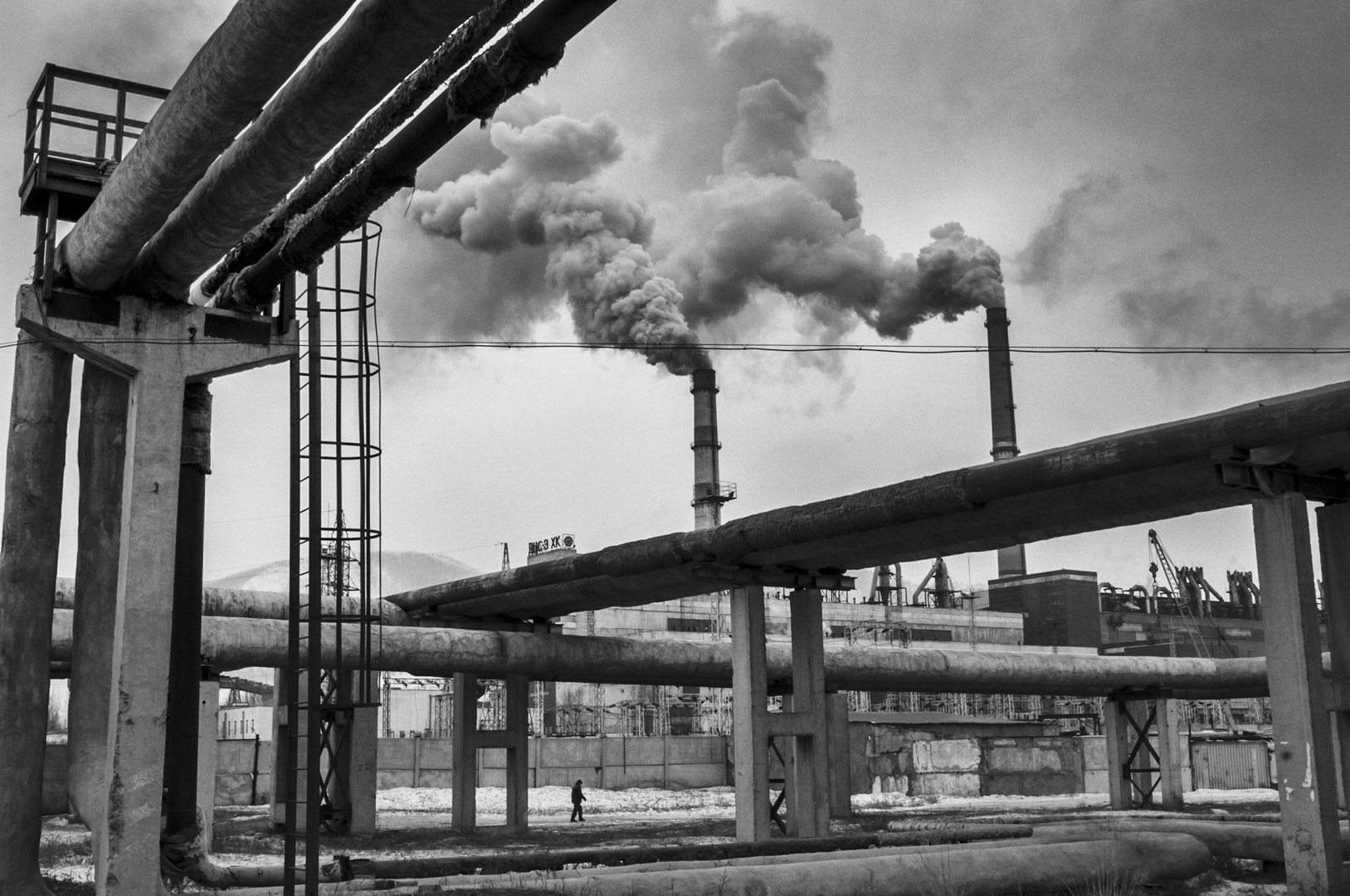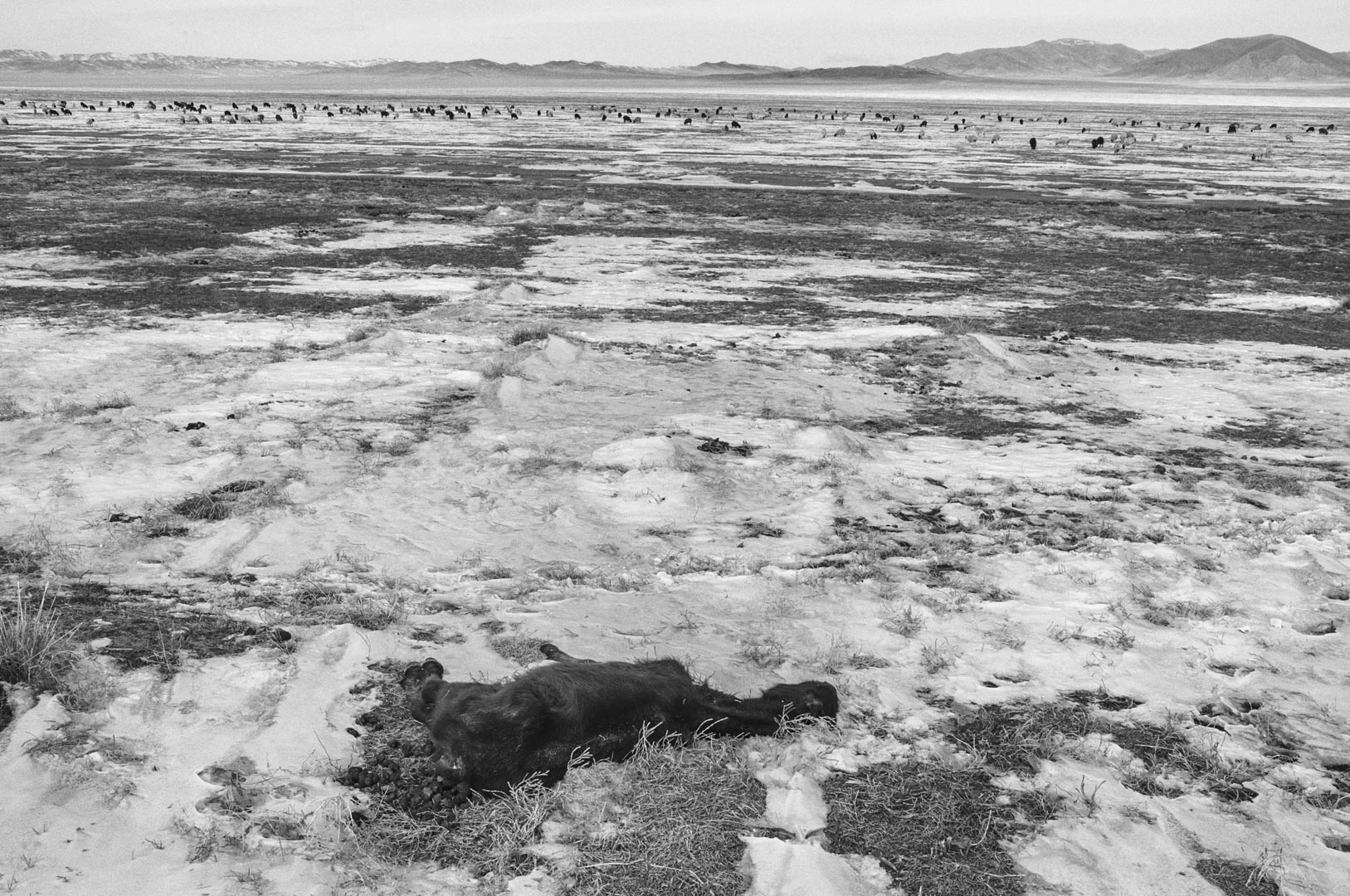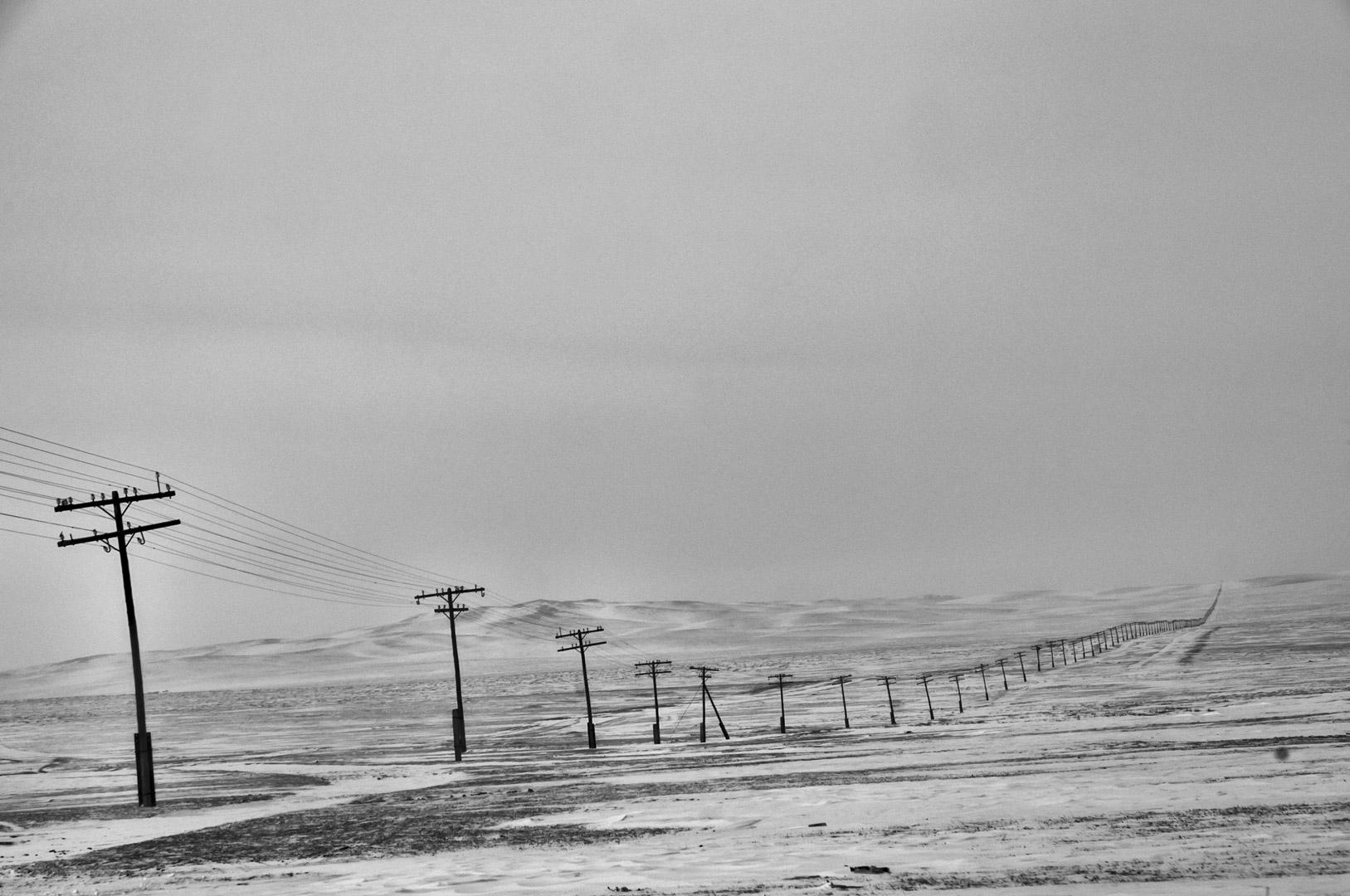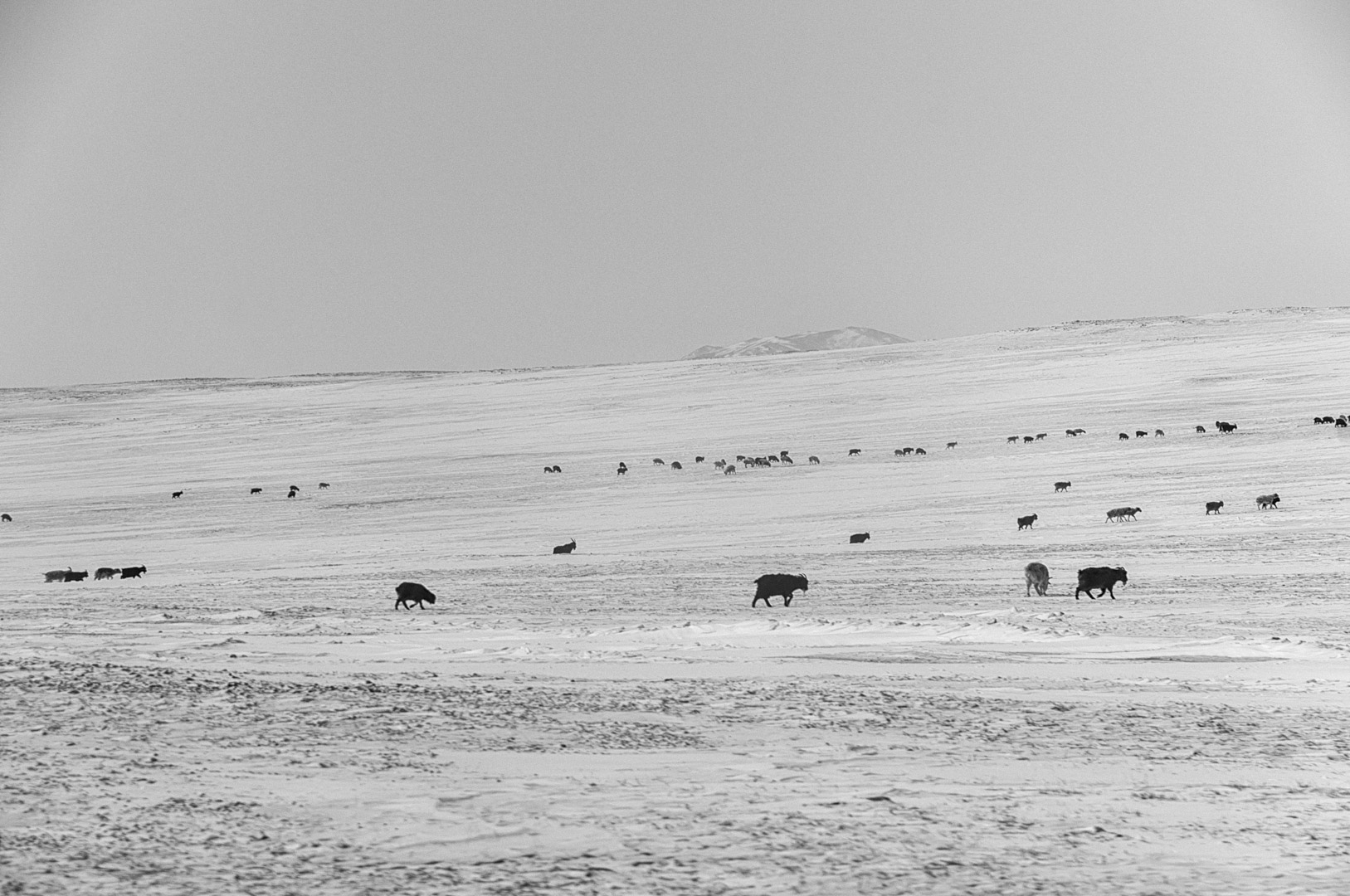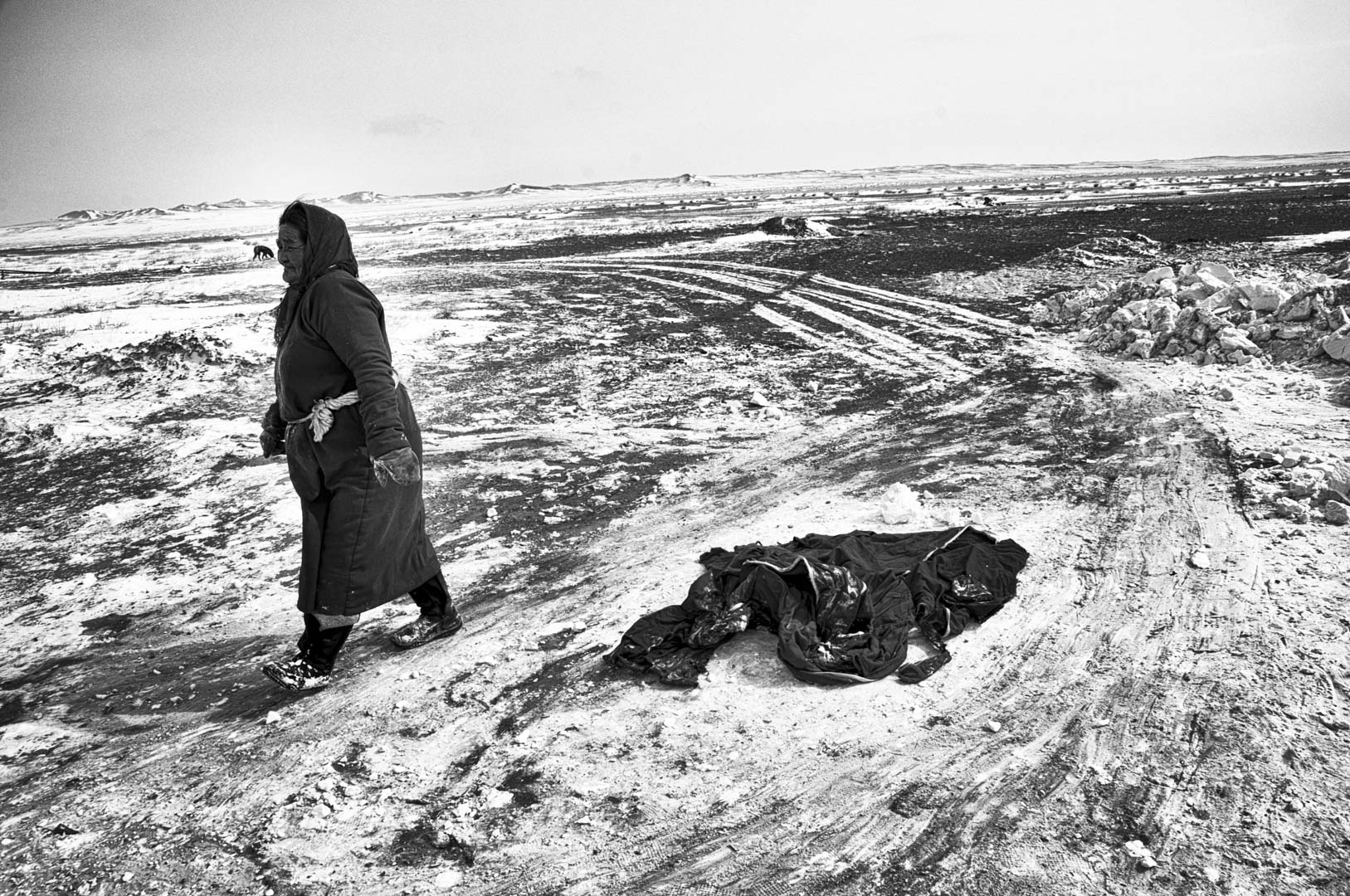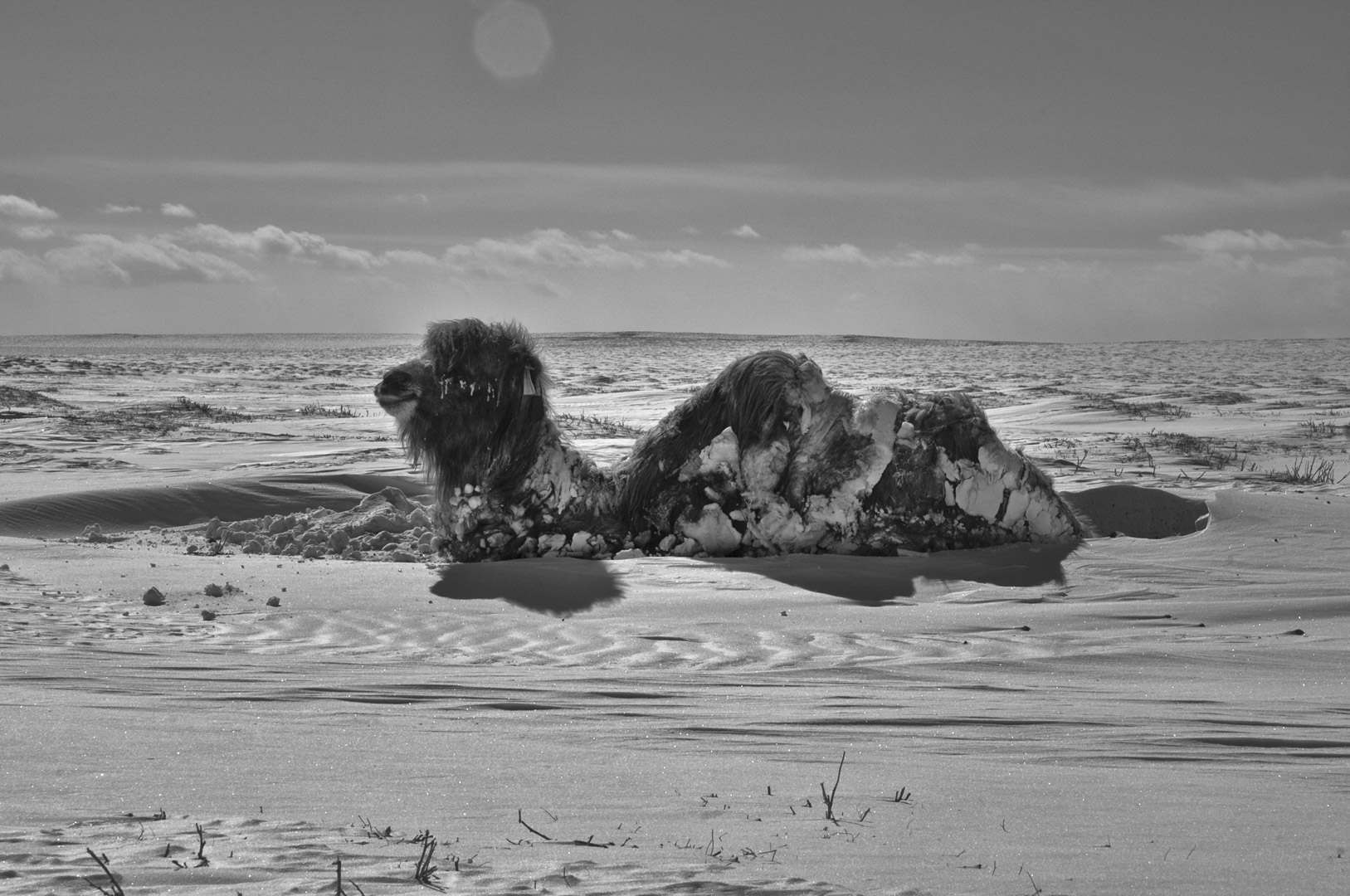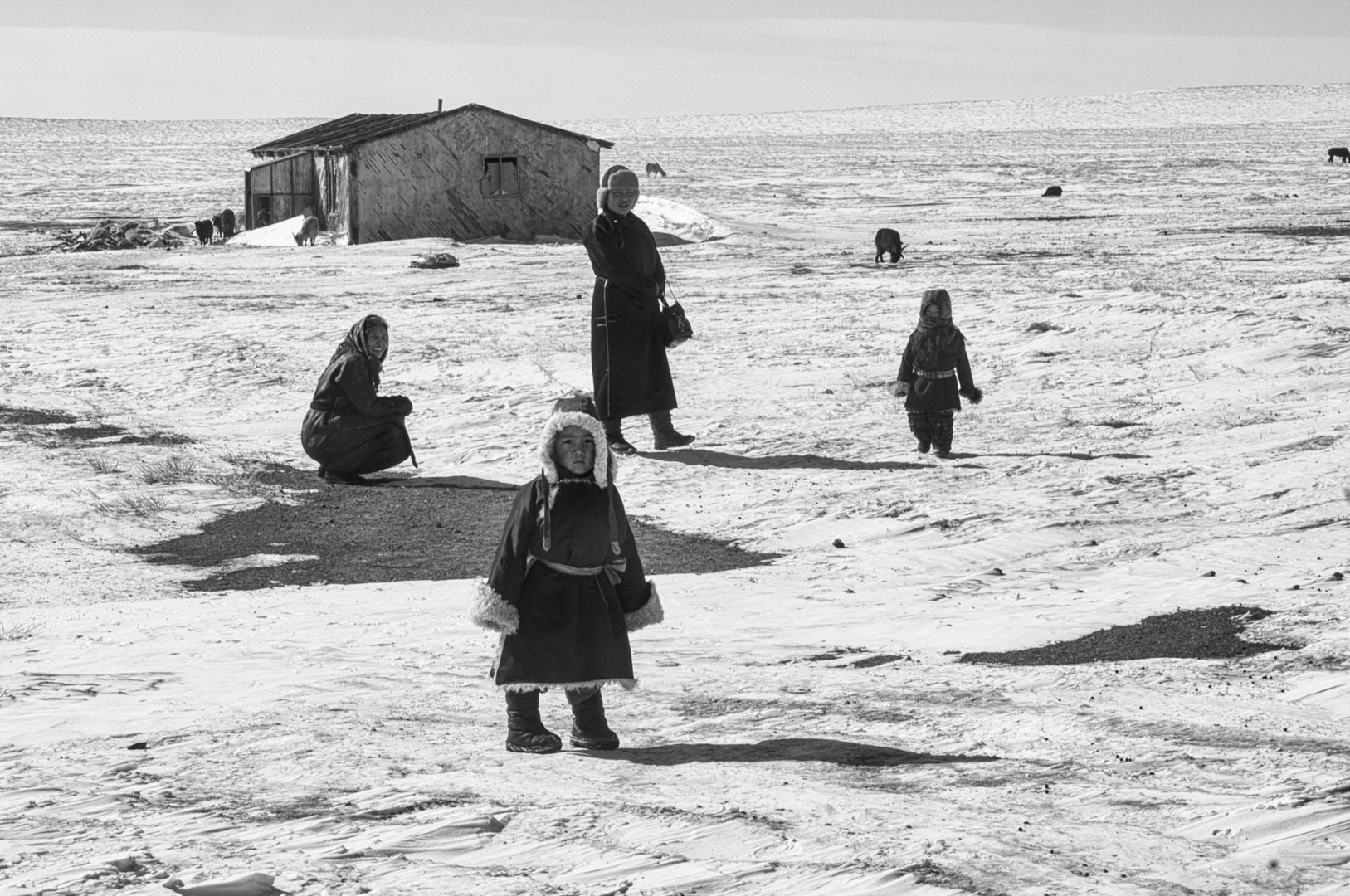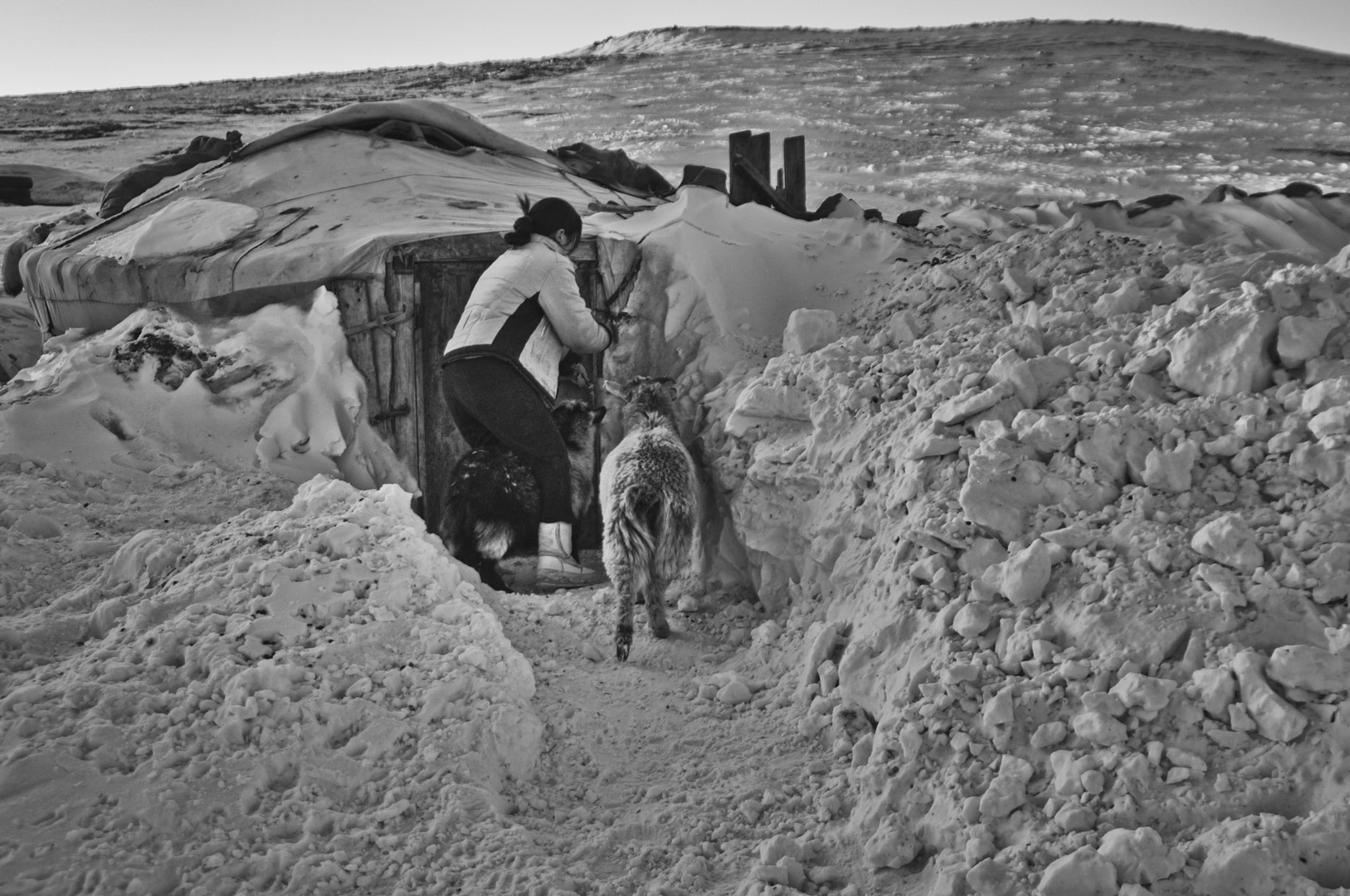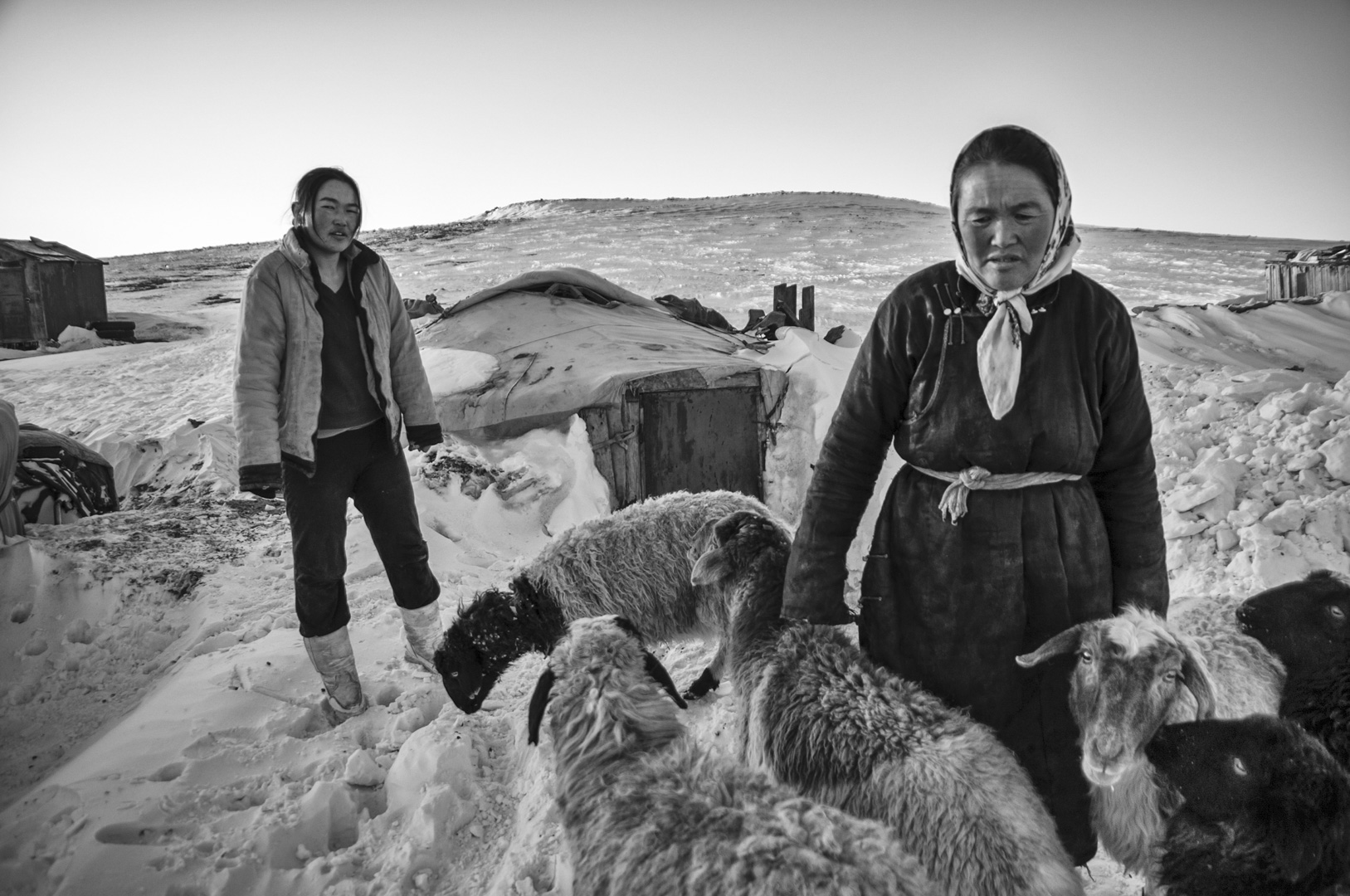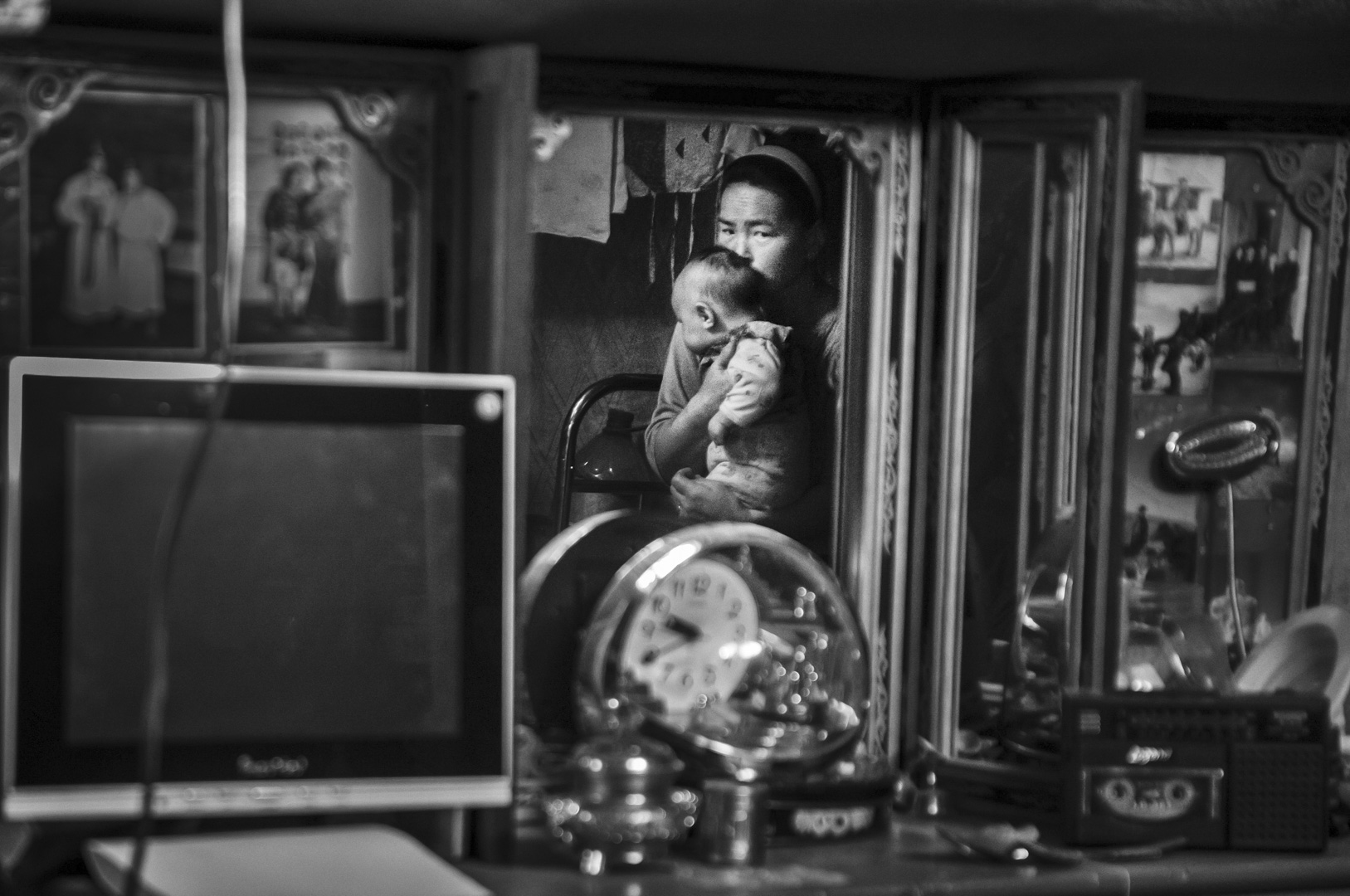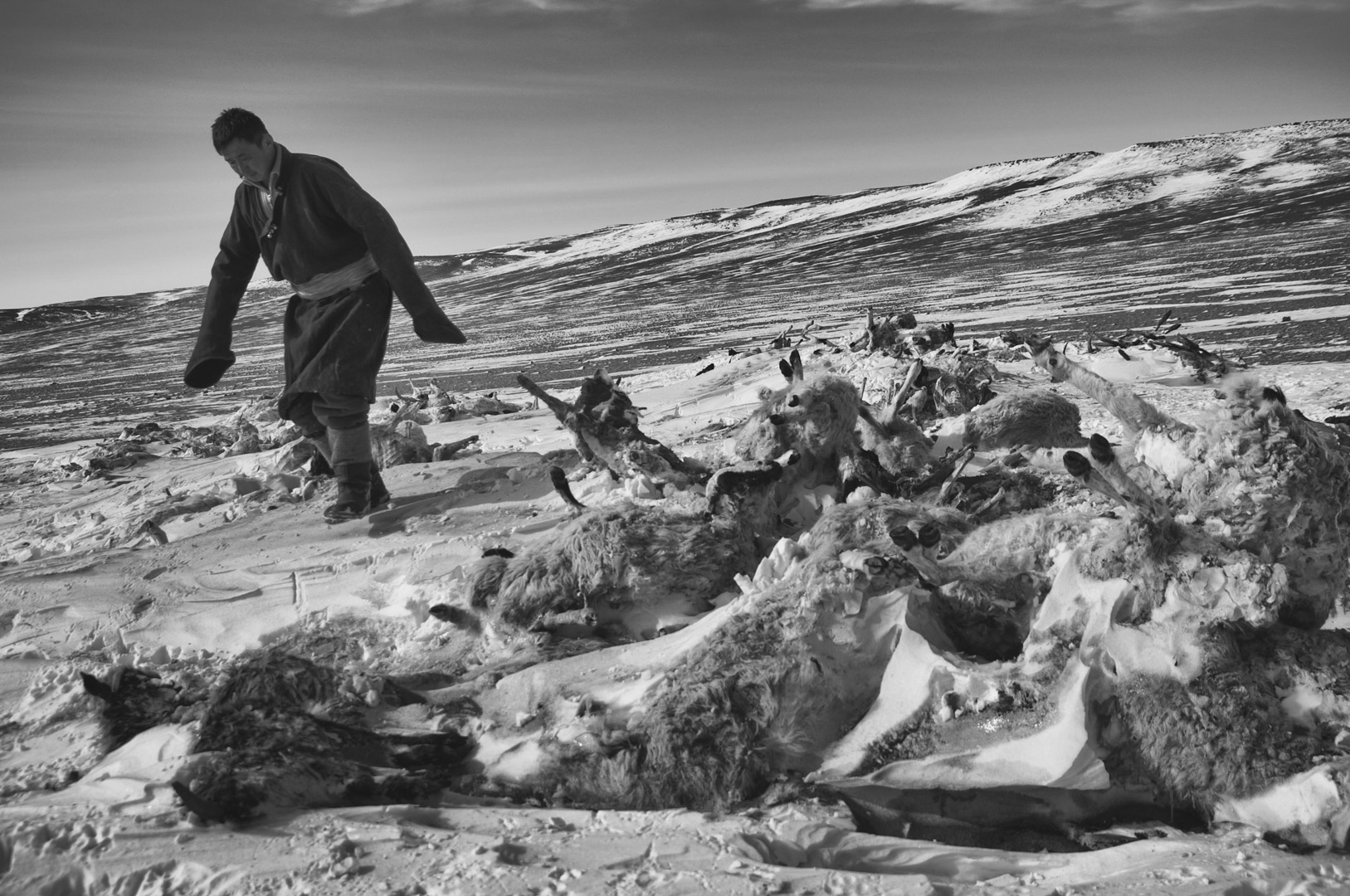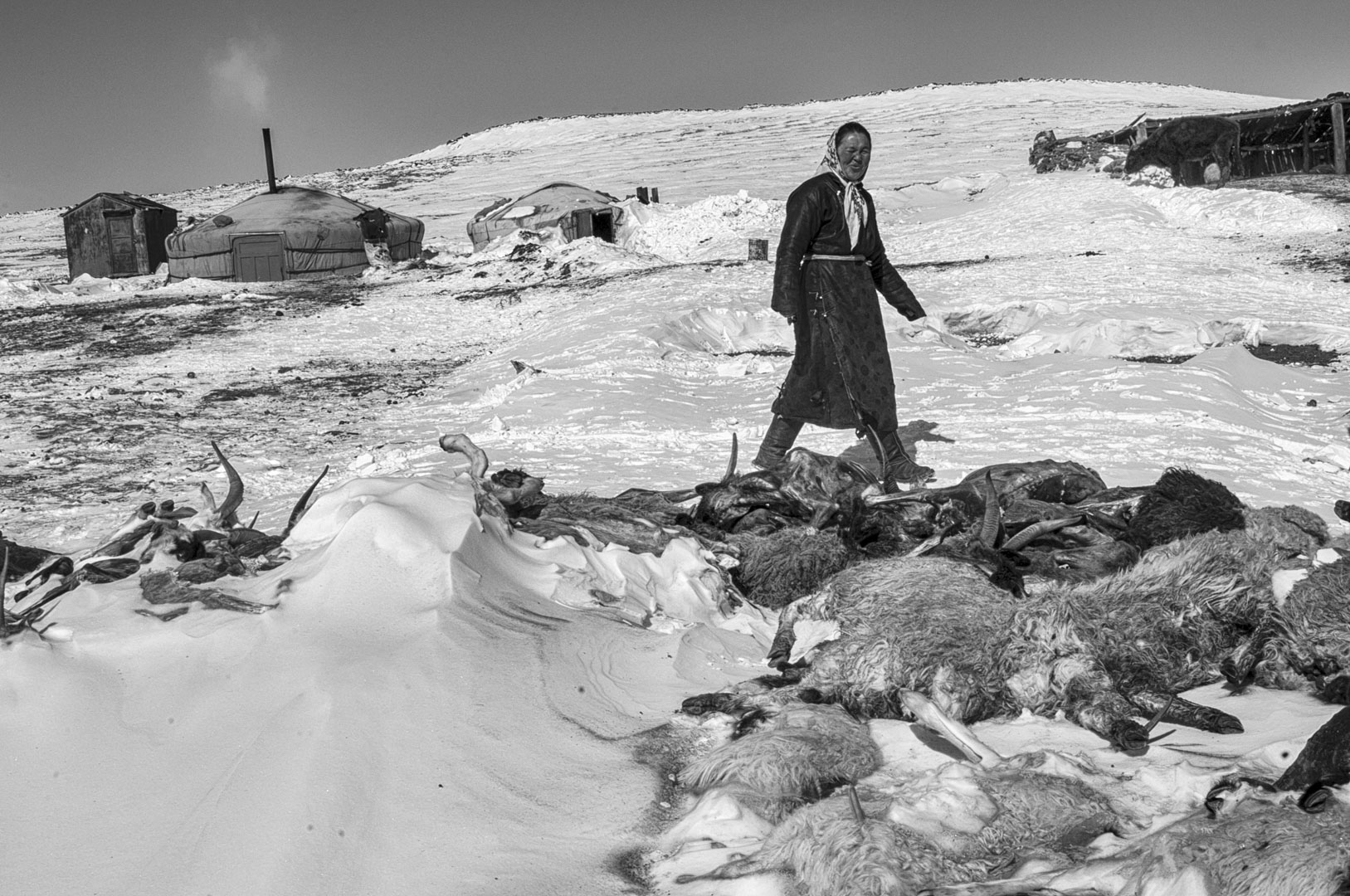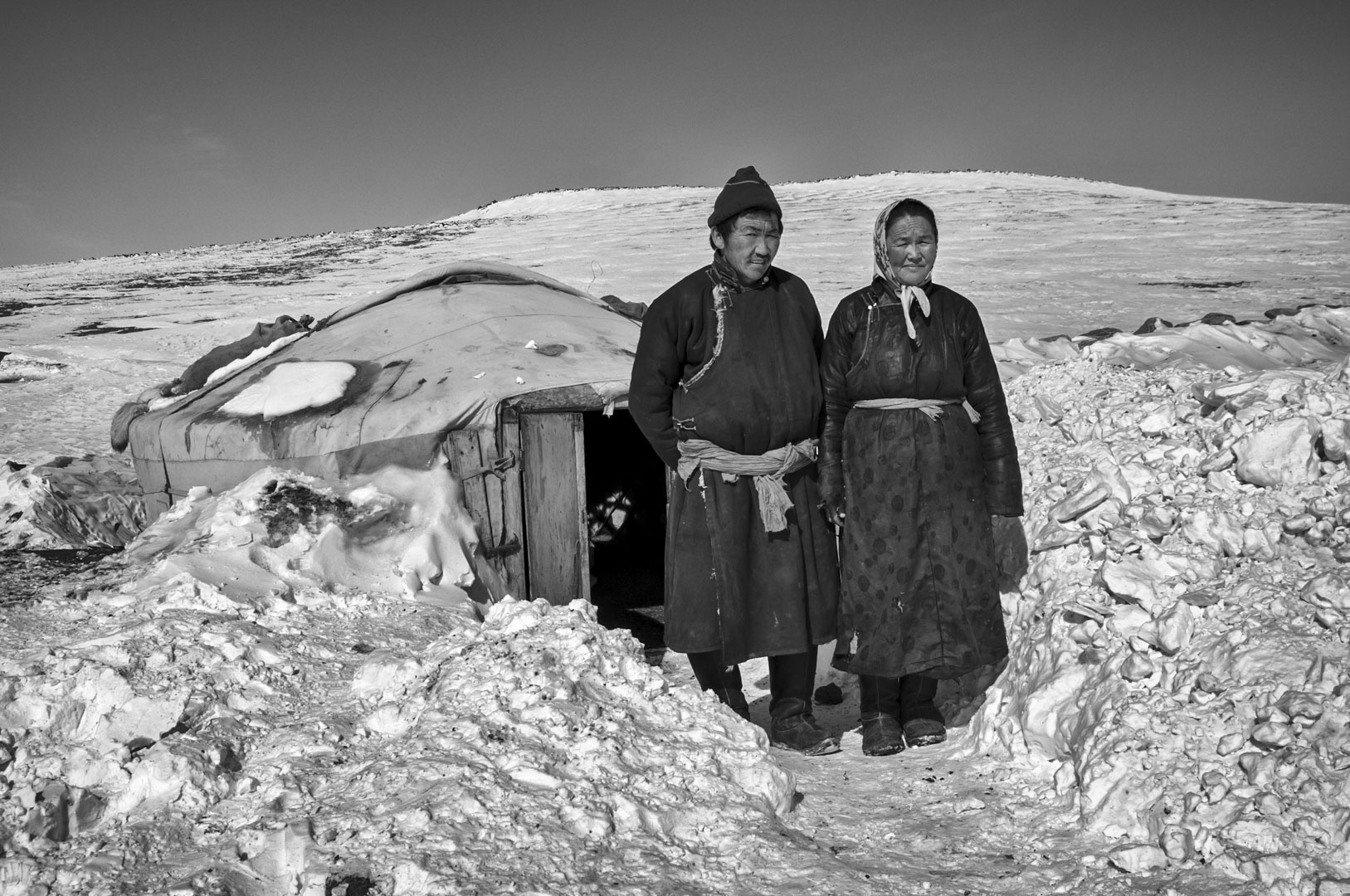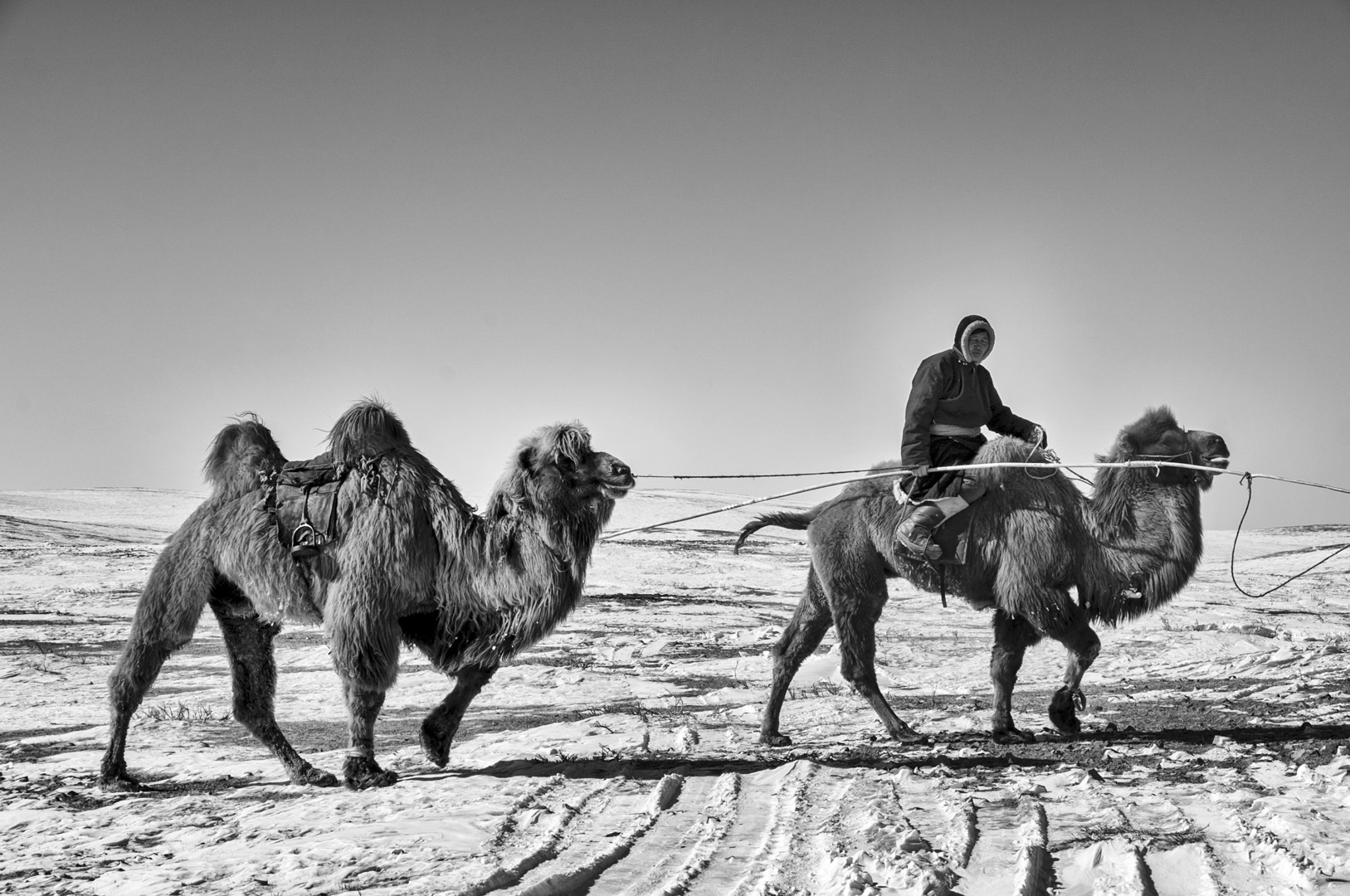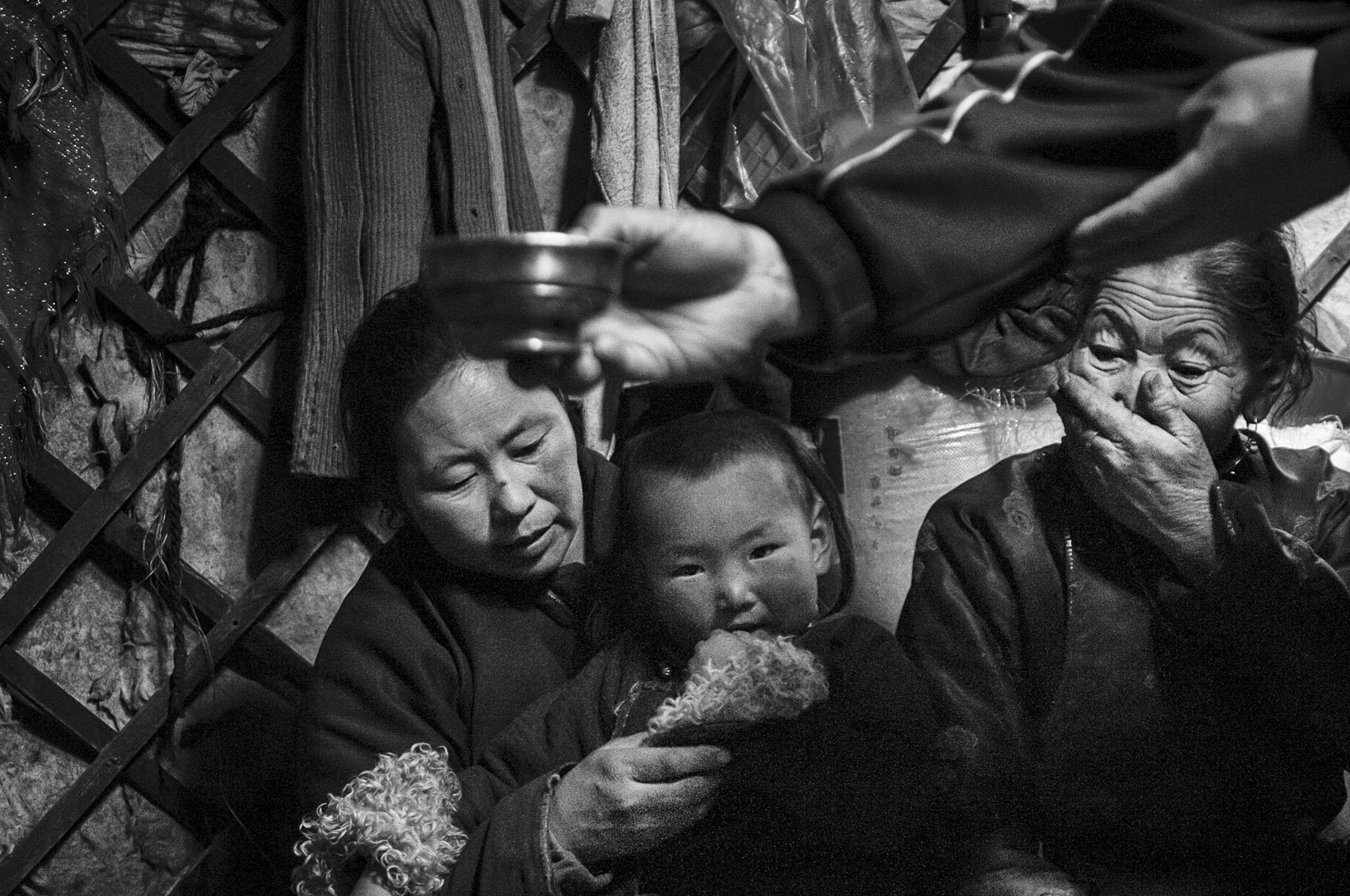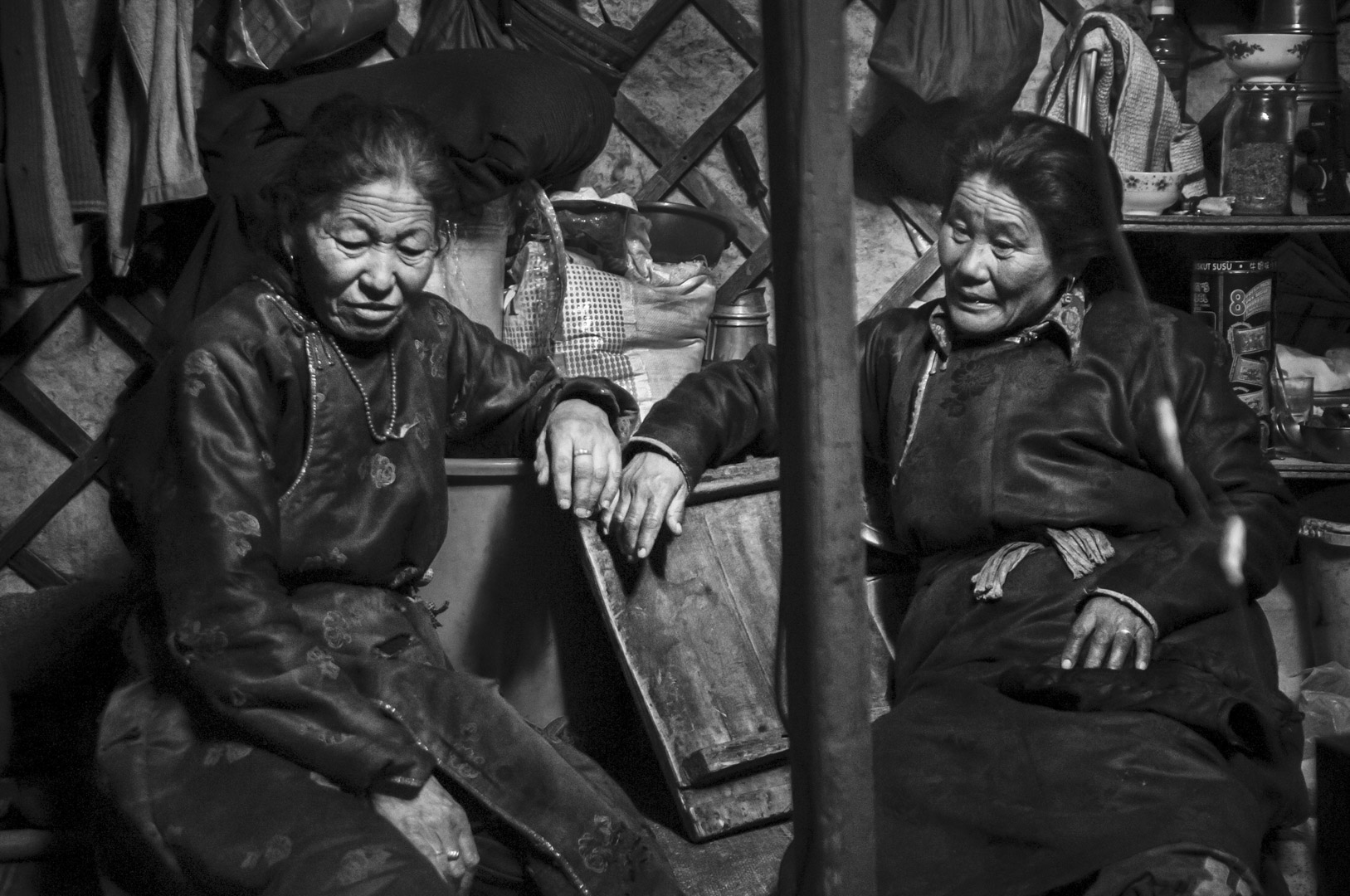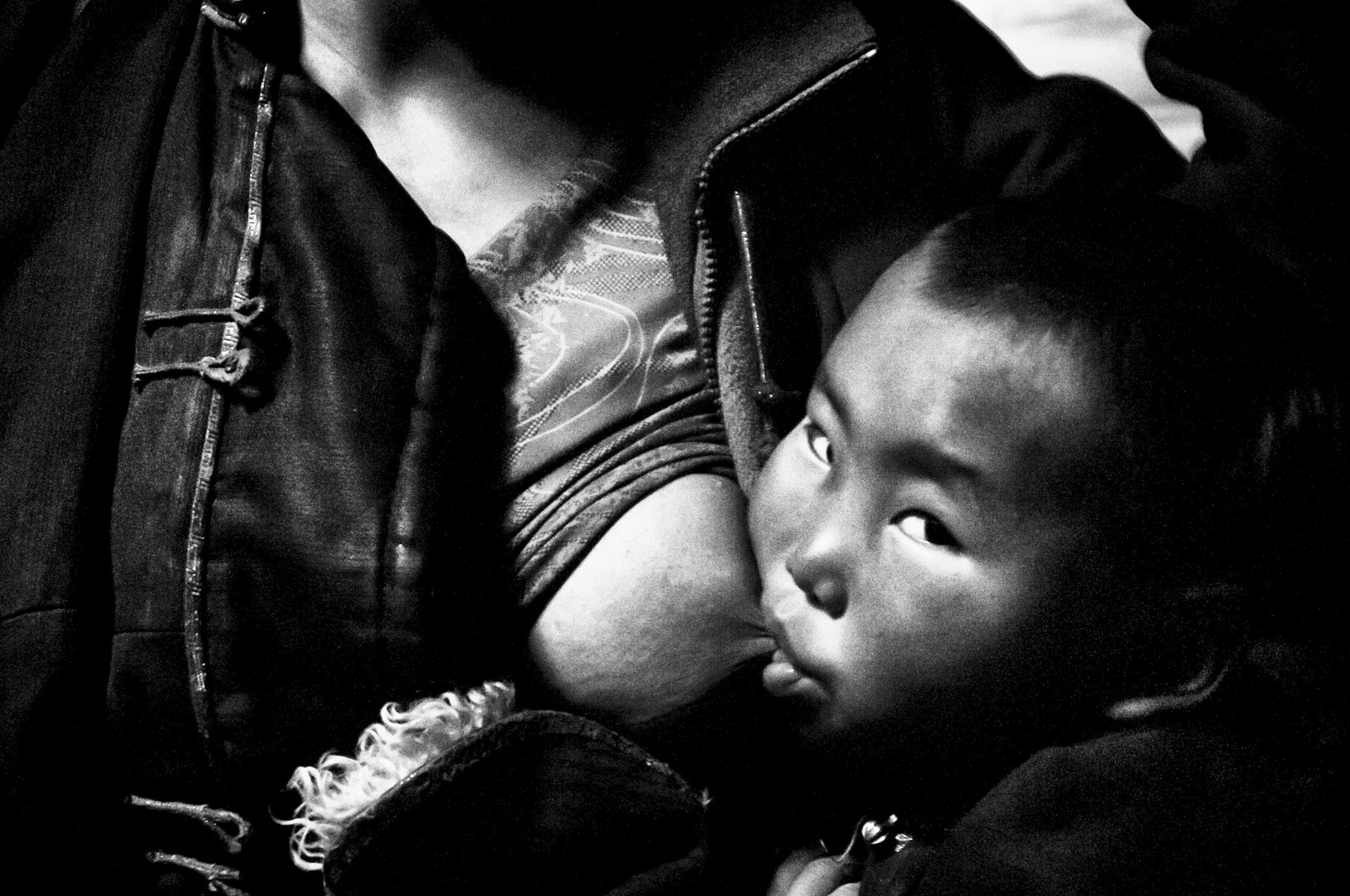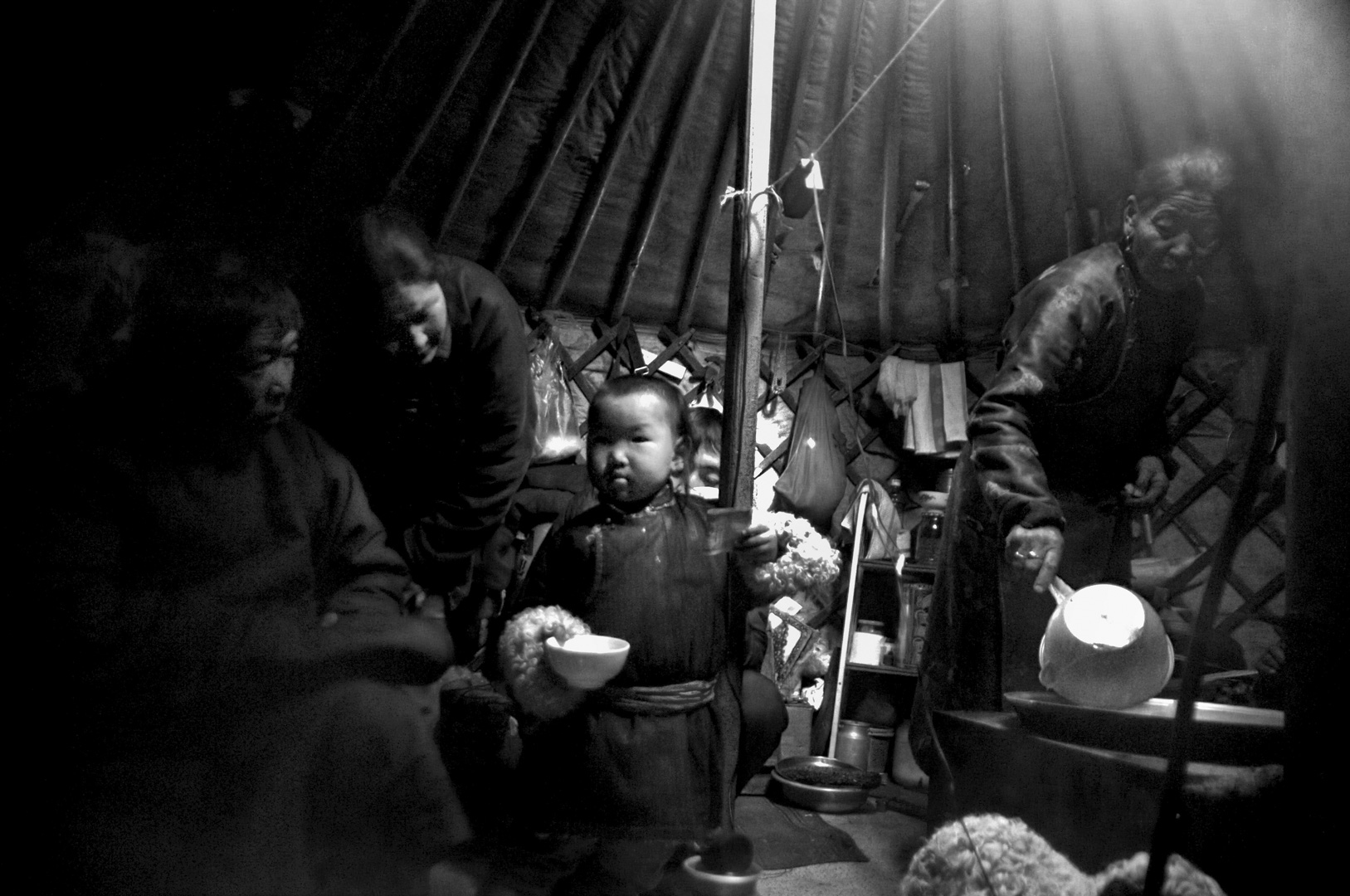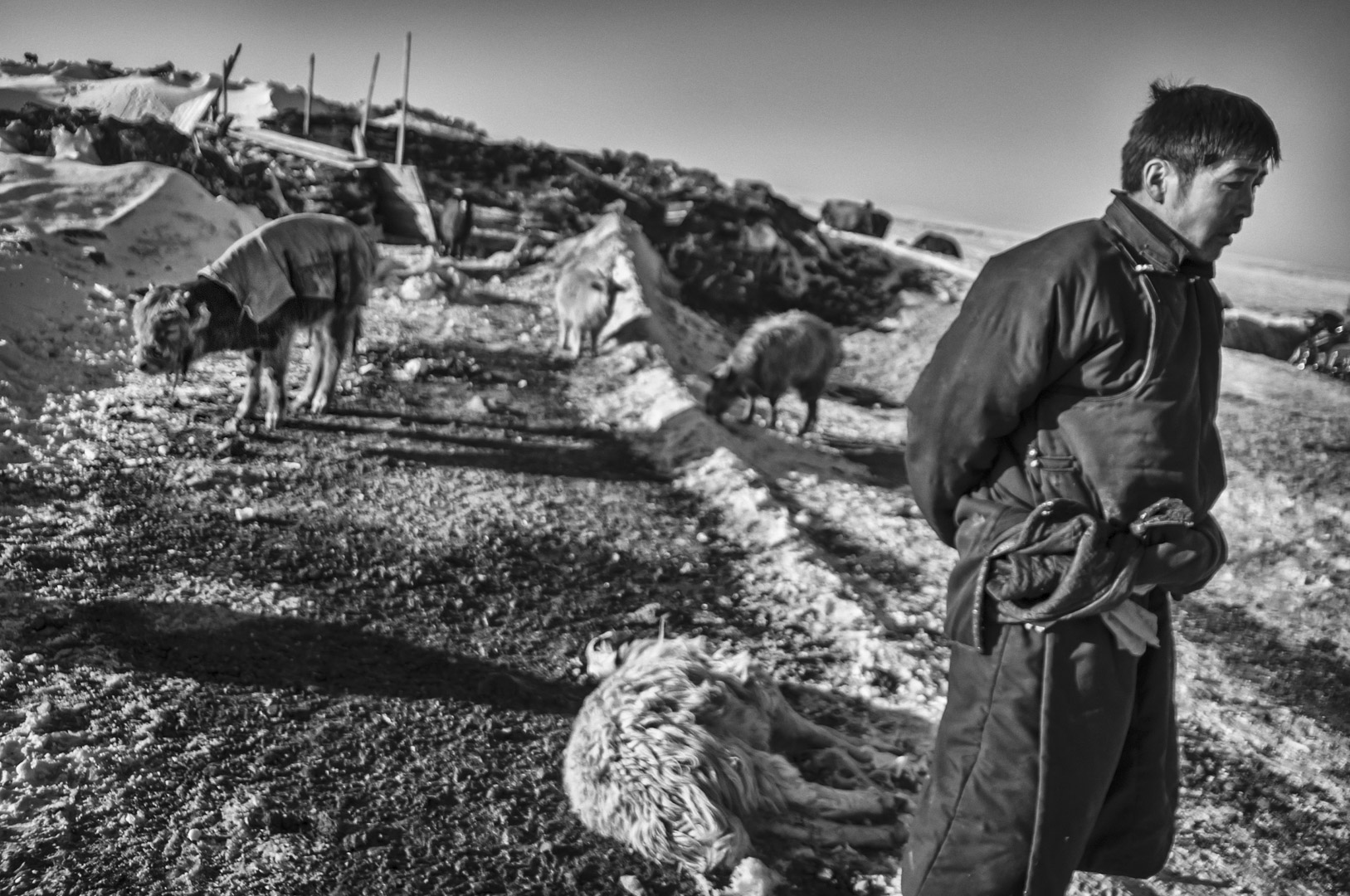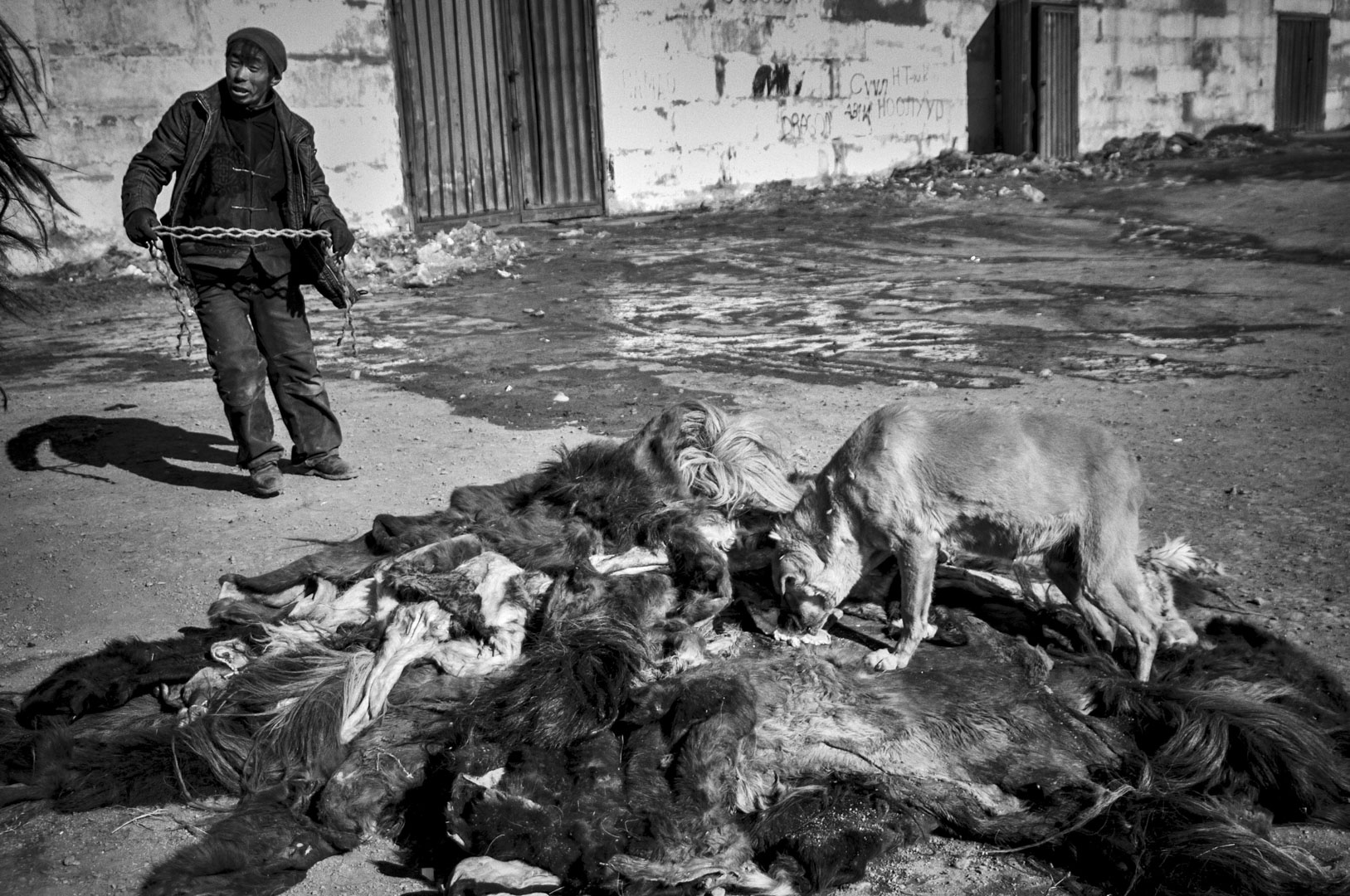After the Dzud – Mongolia, 2010
For centuries, the Mongolian people have adapted a pastoral way of life by moving around in search of the best pastures and camps. While they live by and for the animals, the number of nomads has decreased sharply, especially in the last two years. There are several reasons for this exodus, the Dzud (a snowstorm that runs for several weeks with temperatures of -40, -50 C°) during which the animals do not find food and die from hunger and cold. In 2010, families lost more than 90% of their livestock. Entire families are forced to leave the steppes to live in cities.
More and more young people are rejecting the ancestral way of life and dreaming of a modern life. They prefer to look for cheap work and live in the precarious conditions of the city rather than stay in the countryside in their traditional yurts.
Today, less than a quarter of Mongolia’s 2,800,000 people are still nomadic. More than 70% of the population is urbanized and many of them live in Ulaanbaatar.
In order to survive, many families are forced to tirelessly rummage through the capital’s garbage dumps and then sell the recovered materials. Often the work is very hard and is paid for only 3 euros a day.
To escape the extreme cold, men, women and even children find refuge in the city’s underground canals, which remain overheated and serve as shelters, despite the total insalubrity of the place.

